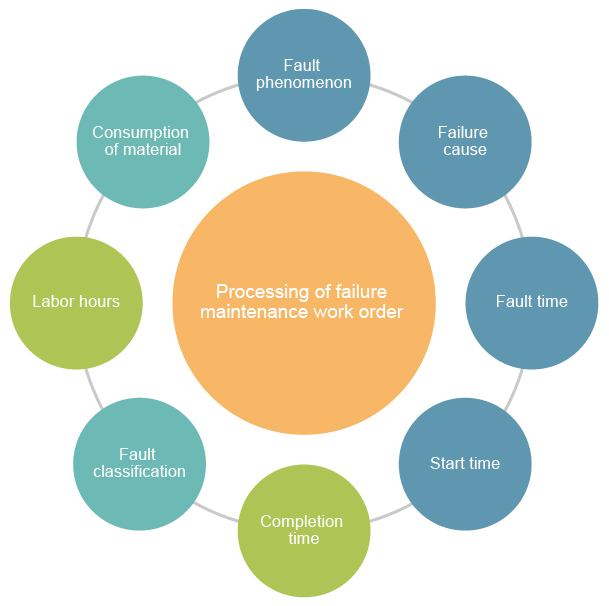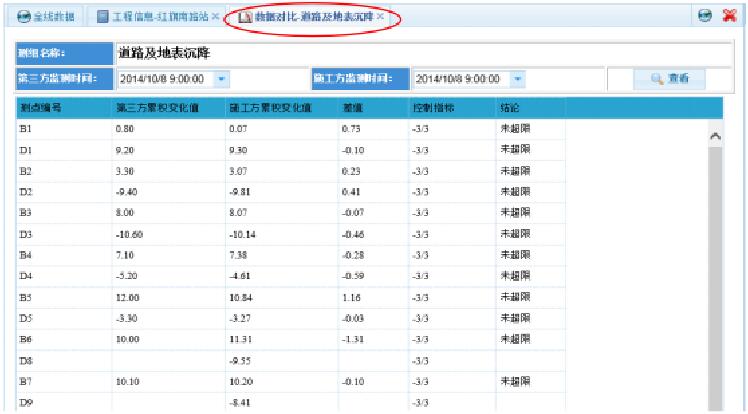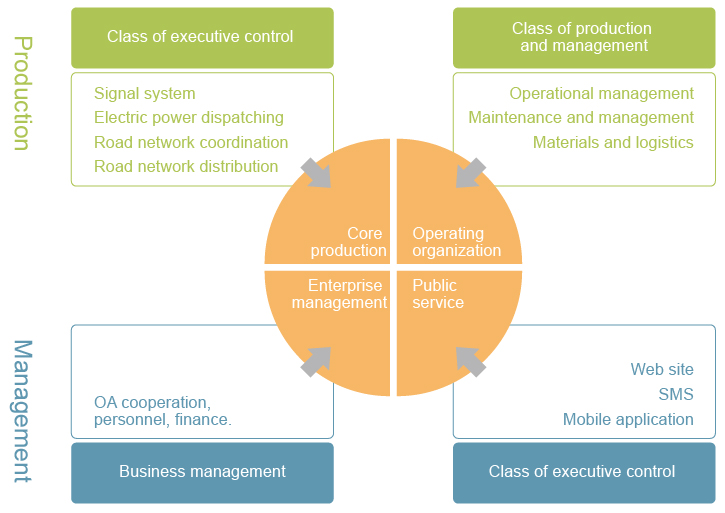·The Overall Architecture Diagram is as follows:

The whole system covers 4 layers:
1. Data layer: integrate various information systems of traffic industry and break information isolated islands to realize data sharing.
2. Modeling layer: set up different analysis topic marts according to concerns about indicators in aspects of data decision-making, sales, and operations
3. Business layer: tease out indicators of traffic industry and push the analysis results to the display layer.
Around the aspect of passenger flow volume, monitor passenger flow volume of each traffic line and station, reasonably regulate flow volume through flow prediction mechanism, and improve load of passenger flow while effectively guaranteeing traffic safety.
Analysis of health degree of train operation. To monitor the train information/train driving indicators: analyze and display advancing direction, parking condition, on-schedule rate and error of time when arrival at and departure from each station, etc.
Around the aspect of fault, real-time online monitoring of faulty line, station, systems and equipment numbers to ensure timely reporting failure. At the same time, KPI statistical analysis is made on the efficiency of fault processing, e.g.: the working hours and the per capita time for trouble-shooting, etc., to improve ability of quick failure response.
Around the aspect of material consumption, data analysis is carried out from the views of material consumption in rail traffic, etc., to provide data strategy support for material inventory management and procurement management.
Risk management around progress, progress management on various projects under construction and statistics of implementation time of each project section, ratio of problem phase should be made, to provide the basis for reasonably arranging project resources.

4. Display layer: in rich and perfect charts, by flexible method of interaction, analysis results are presented to all administrative staff playing various roles .









